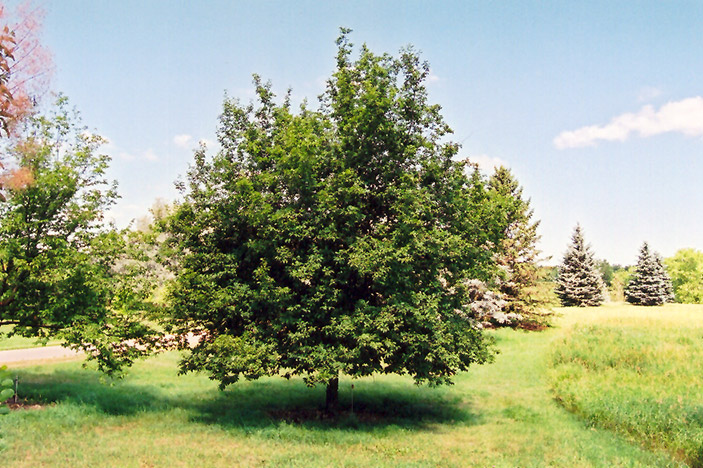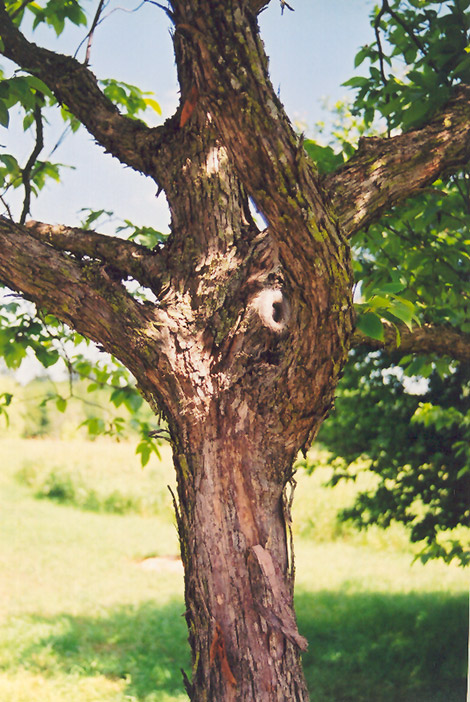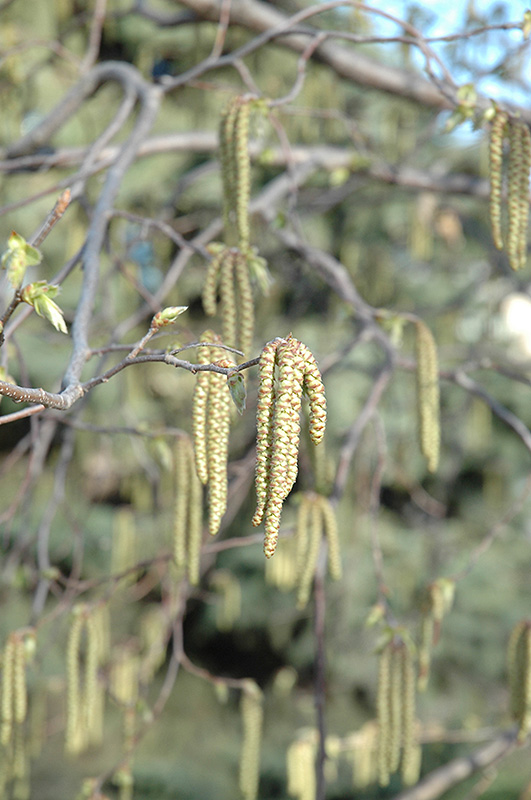Plant Search
Height: 35 feet
Spread: 25 feet
Sunlight:
![]()
![]()
Hardiness Zone: 3a
Other Names: Ironwood
Description:
An underused small native woodland tree with exceptionally strong wood, tolerates shade very well; interesting hop-like seeds in late summer, layered habit of growth, flaking bark, catkins add winter interest
Growing Place Choice Plants
Our Growing Place Choice plants are chosen because they are strong performers year after year, staying attractive with less maintenance when planted in the right place.
Learn more about this promotion!
Ornamental Features
Hop Hornbeam has dark green deciduous foliage on a tree with an oval habit of growth. The serrated pointy leaves turn lemon yellow in fall. It produces small clusters of tan hop-like fruit from late summer to mid fall.
Landscape Attributes
Hop Hornbeam is an open deciduous tree with a shapely oval form. Its relatively fine texture sets it apart from other landscape plants with less refined foliage.
This is a relatively low maintenance tree, and is best pruned in late winter once the threat of extreme cold has passed. Deer don't particularly care for this plant and will usually leave it alone in favor of tastier treats. It has no significant negative characteristics.
Hop Hornbeam is recommended for the following landscape applications;
- Shade
Planting & Growing
Hop Hornbeam will grow to be about 35 feet tall at maturity, with a spread of 25 feet. It has a low canopy with a typical clearance of 6 feet from the ground, and should not be planted underneath power lines. As it matures, the lower branches of this tree can be strategically removed to create a high enough canopy to support unobstructed human traffic underneath. It grows at a slow rate, and under ideal conditions can be expected to live for 70 years or more.
This tree does best in full sun to partial shade. It is very adaptable to both dry and moist locations, and should do just fine under average home landscape conditions. It is not particular as to soil type or pH. It is quite intolerant of urban pollution, therefore inner city or urban streetside plantings are best avoided. Consider applying a thick mulch around the root zone in winter to protect it in exposed locations or colder microclimates. This species is native to parts of North America.
A NetPS Plant Finder tool




